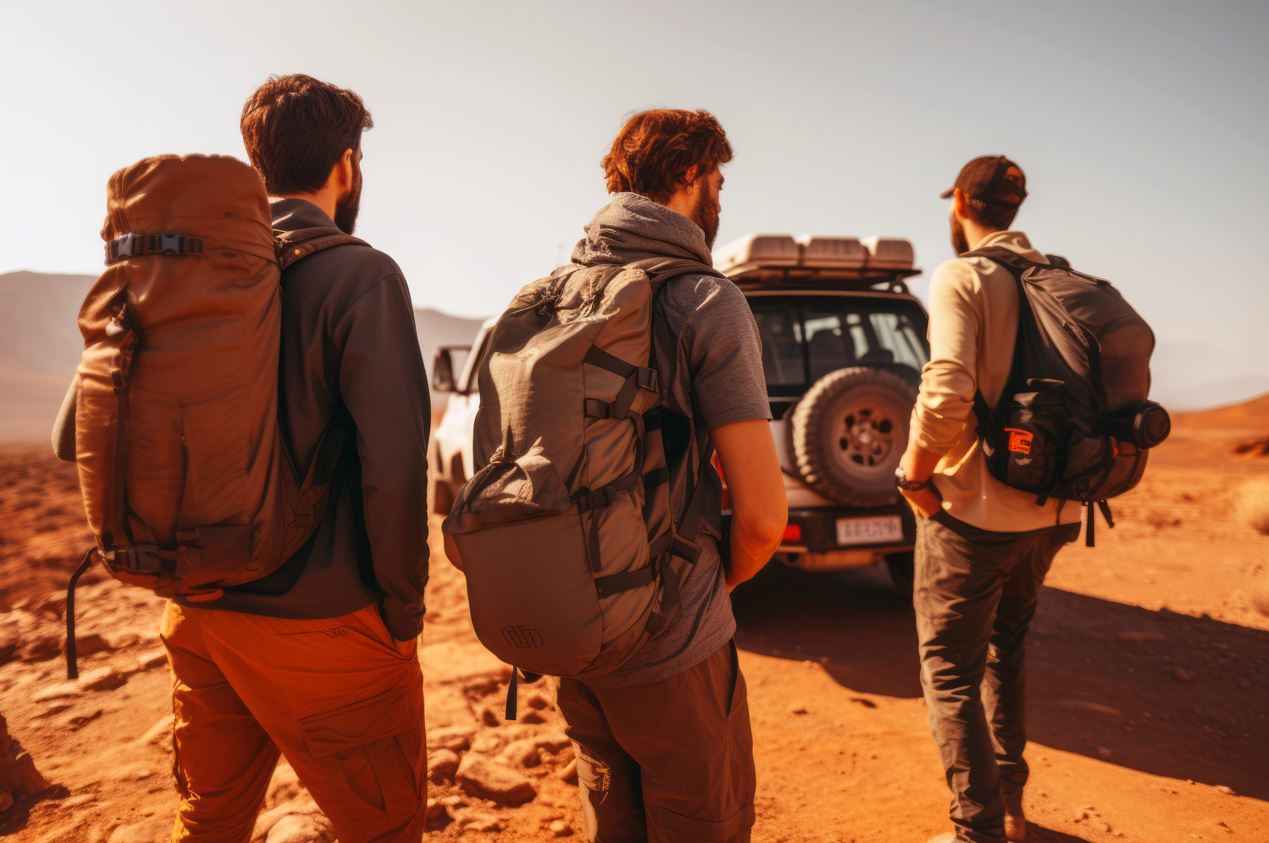Planning a mountain trek for charity is a fantastic way to combine your love for adventure with a noble cause. Not only does it offer a great physical challenge, but it also provides an opportunity to make a significant difference in the world. If you’re considering organizing such an event, this guide will walk you through every step, ensuring your trek is both successful and memorable. Additionally, incorporating day trips from Marrakech into your itinerary can enhance the overall experience, offering a diverse mix of adventure and cultural exploration.
Understanding the Purpose of Your Charity Trek
Before diving into the logistics, it’s crucial to understand the core purpose of your trek. Are you raising funds for a specific cause, spreading awareness about an issue, or both? Clearly defining your goals will help you stay focused and communicate your mission effectively to potential participants and donors.
Choosing the Right Mountain and Trekking Route
Selecting the right mountain is critical. Consider factors such as the difficulty level, accessibility, and the appeal of the destination. Popular mountains for charity treks include Kilimanjaro, the Himalayas, and the Andes. Ensure the route you choose aligns with the skill level of your participants and the overall objectives of your trek.
Setting Fundraising Goals
Setting a clear and achievable fundraising goal is essential. This goal should be ambitious yet realistic, considering the number of participants and the scope of the event. Break down the total amount into smaller, manageable targets, and track progress regularly to keep everyone motivated.
Recruiting Participants
To recruit participants, tap into your network, use social media, and collaborate with local organizations. Create compelling marketing materials that highlight the cause, the adventure, and the impact of their participation. Offering incentives, such as branded gear or a feature in promotional materials, can also boost participation.
Creating a Detailed Itinerary
A well-planned itinerary is crucial for the success of your trek. Include details such as daily hiking distances, rest stops, accommodation, and meals. Ensure that the itinerary allows for acclimatization, especially if you’re trekking at high altitudes. Sharing this itinerary with participants well in advance will help them prepare adequately.
Securing Necessary Permits and Insurance
Research and obtain all necessary permits for your chosen route. This may include trekking permits, park entry fees, and any special permissions required for charity events. Additionally, securing comprehensive insurance coverage for all participants is vital to cover potential risks and emergencies.
Partnering with Local Guides and Experts
Partnering with local guides and experts can enhance the safety and enjoyment of your trek. Local guides bring invaluable knowledge about the terrain, culture, and weather conditions. Their expertise can help navigate challenges and ensure a smoother experience for everyone involved.
Training and Preparation for Participants
Preparing your participants physically and mentally is crucial. Provide training plans, tips on gear selection, and advice on nutrition. Organize group training sessions or virtual meetups to build camaraderie and ensure everyone is adequately prepared for the trek.
Marketing and Promotion
Promoting your charity trek effectively will help you reach a wider audience and boost fundraising efforts. Utilize social media platforms, create a dedicated website, and engage with local media. Share compelling stories, photos, and updates regularly to keep the momentum going and inspire more people to get involved.
Managing Logistics and Supplies
Logistics play a significant role in the success of your trek. Arrange transportation, accommodation, and meals well in advance. Ensure you have a reliable support team to manage these logistics, allowing you to focus on leading the trek and engaging with participants.
Ensuring Safety and Health
Safety should be a top priority throughout your trek. Develop a comprehensive safety plan that includes first aid, emergency contacts, and evacuation procedures. Brief participants on safety protocols and ensure everyone has the necessary gear and supplies to handle various conditions.
Post-Trek Follow-Up and Reporting
Once the trek is completed, the journey doesn’t end. Follow up with participants and donors, sharing the success and impact of the trek. Provide a detailed report highlighting the funds raised, the challenges faced, and the experiences shared. This transparency builds trust and encourages future participation and support.
Conclusion
Planning a mountain trek for charity is a rewarding endeavor that requires meticulous planning and dedication. By following these steps, you can ensure a successful and impactful trek that not only achieves your fundraising goals but also creates lasting memories for all participants. Remember, the key to success lies in thorough preparation, effective communication, and a genuine passion for the cause you are supporting. Happy trekking!










